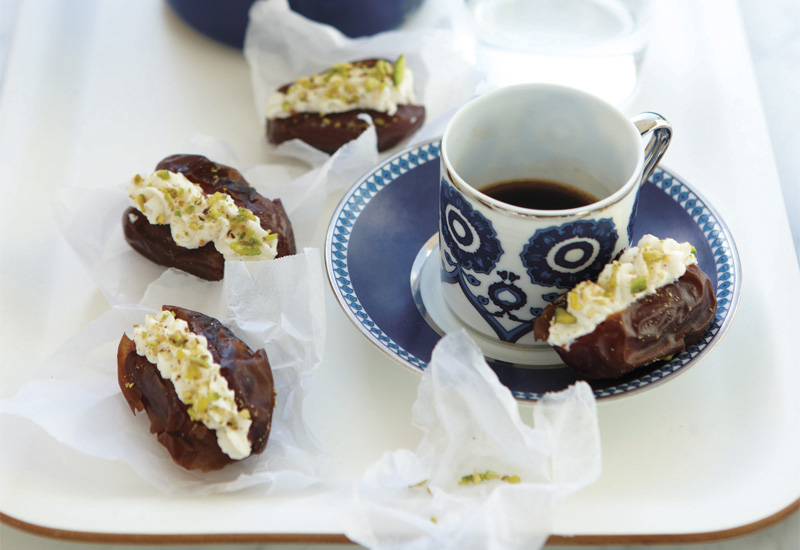Health Benefits
One of the most enticing elements of Middle Eastern food is its health attributes. Despite this, the UAE is among the top five countries in the world with the highest percentage of adult diabetes sufferers with 70% of the population at risk. (Source: World Health Organisation).
But with awareness comes solutions. Products such as Sunny Bio’s Agave Syrup won the Gulf Food Award for the Best New Heath Food and Beverage in 2012.

| Advertisement |
Raji explains the demand: “It is no secret that Middle Eastern cuisine has a host of sweet protagonists: baklava, fattayeh, knafeh, umm ali, stuffed dates, and awamat to name a few.
This product has 100% natural sugar, can lower your GI (glycaemic index), has no aftertaste, and can be used for a variety of creations in the kitchen. This is a new favourite of chefs, as the syrup is sweeter than normal sugar, and the liquidity makes it an easy addition to any dish.”
As Middle Eastern cuisine expands, the health aspect could be one of the key drivers in its popularity especially as the world becomes more health conscious than ever before.
With its emphasis on the use of olive oil, vegetables, fish, and whole grains as primary foods, saturated fat levels, mainly found in animal based foods are incredibly low.
Instead, healthy fats such as monounsaturated and omega-3 fatty acids are the primary source. Protein is obtained from legumes or fish instead of red meat or poultry.
According to a study published in the British Medical Journal (2008), a Middle Eastern diet can reduce overall mortality and mortality from cancer or heart disease as well as reduce the risk of developing Parkinson’s or Alzheimer’s.
Variety is the Spice of Life
Looking deeper into Middle Eastern cuisine, what cultural differences are there between countries? Chef Ali Hussain from Al Nafoorah at Jumeirah Emirates Towers gives an example between Lebanese and Qatari dishes: “Although most dishes feature similar ingredients, the serving style and actual focal point of meals change markedly between countries.
For example, Lebanese cuisine has a strong focus on hot and cold starters, called mezzeh. The start of a Lebanese meal is large and bountiful, whereas in Qatar they start simply before serving a rich dish of succulent meats and rice.”
It is these subtle differences that make dining in this part of the world interesting and such differences aren’t just between countries but also within the country. For example, in Northern Iran, it is customary to have bread and rice on the table, whereas in the south, the emphasis is more on rice.
Arguably, most chefs would agree that Lebanese dishes are the most popular with certain dishes from the Gulf under-represented, especially in hotels. Yet, this may be set to change with Radisson Blu Hotel, Dubai Deira Creek set to open an Emirati restaurant.
“Lebanese, Syrian and Iranian dishes have been popular for many years followed by Moroccan and Turkish in the last four years,” explains Chef Uwe Micheel, who runs Persian restaurant, Shabestan.
“I hope with the drive of the DTCM and the opening of a few Emirati restaurants, Emirati cuisine will pick up in popularity. We are planning an Emirati restaurant to open after the summer; the menu will reflect traditional Dubai dishes but will also have a section which will reflect Dubai today.”
Article continues on next page ...









 Search our database of more than 2,700 industry companies
Search our database of more than 2,700 industry companies









